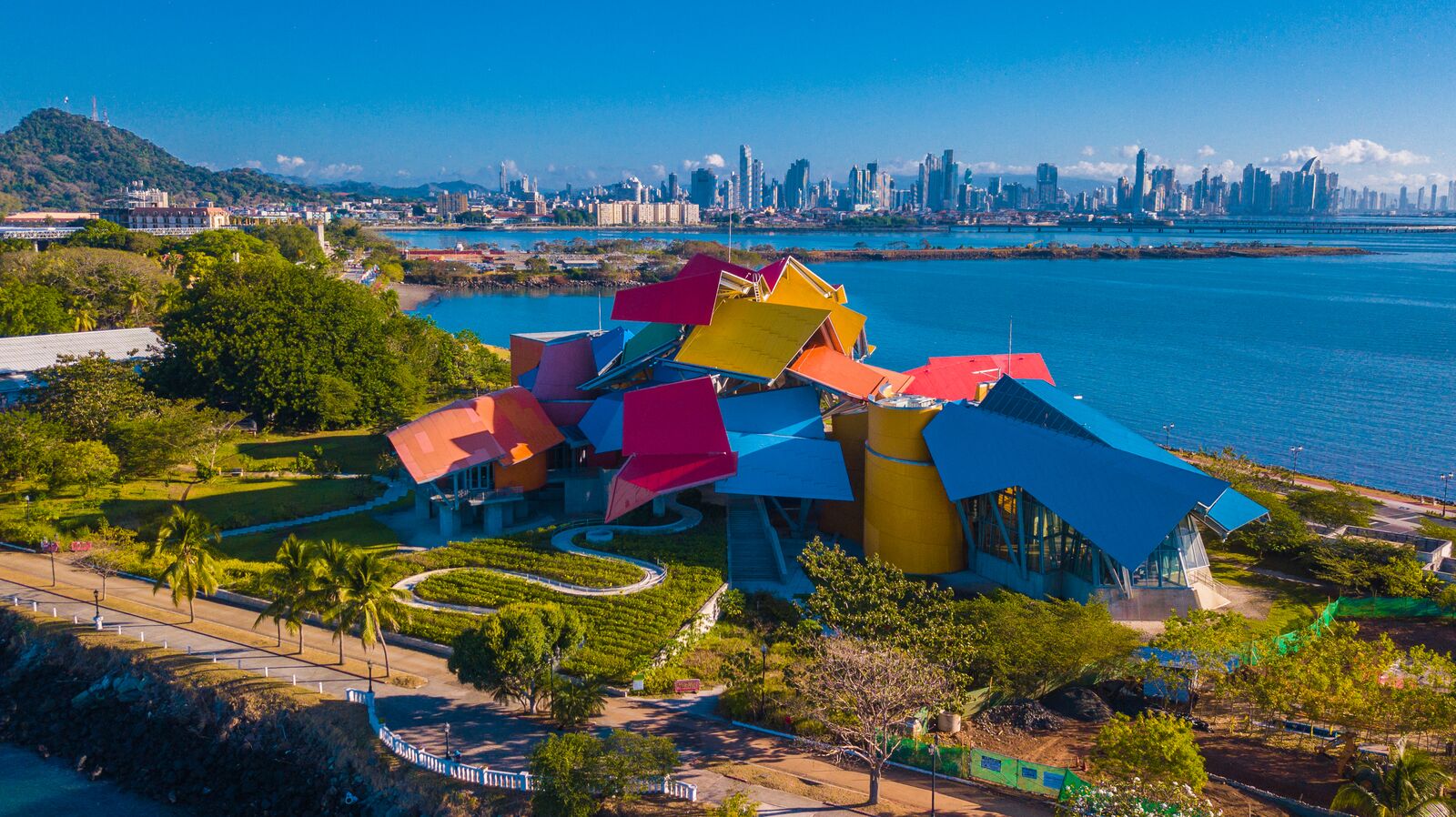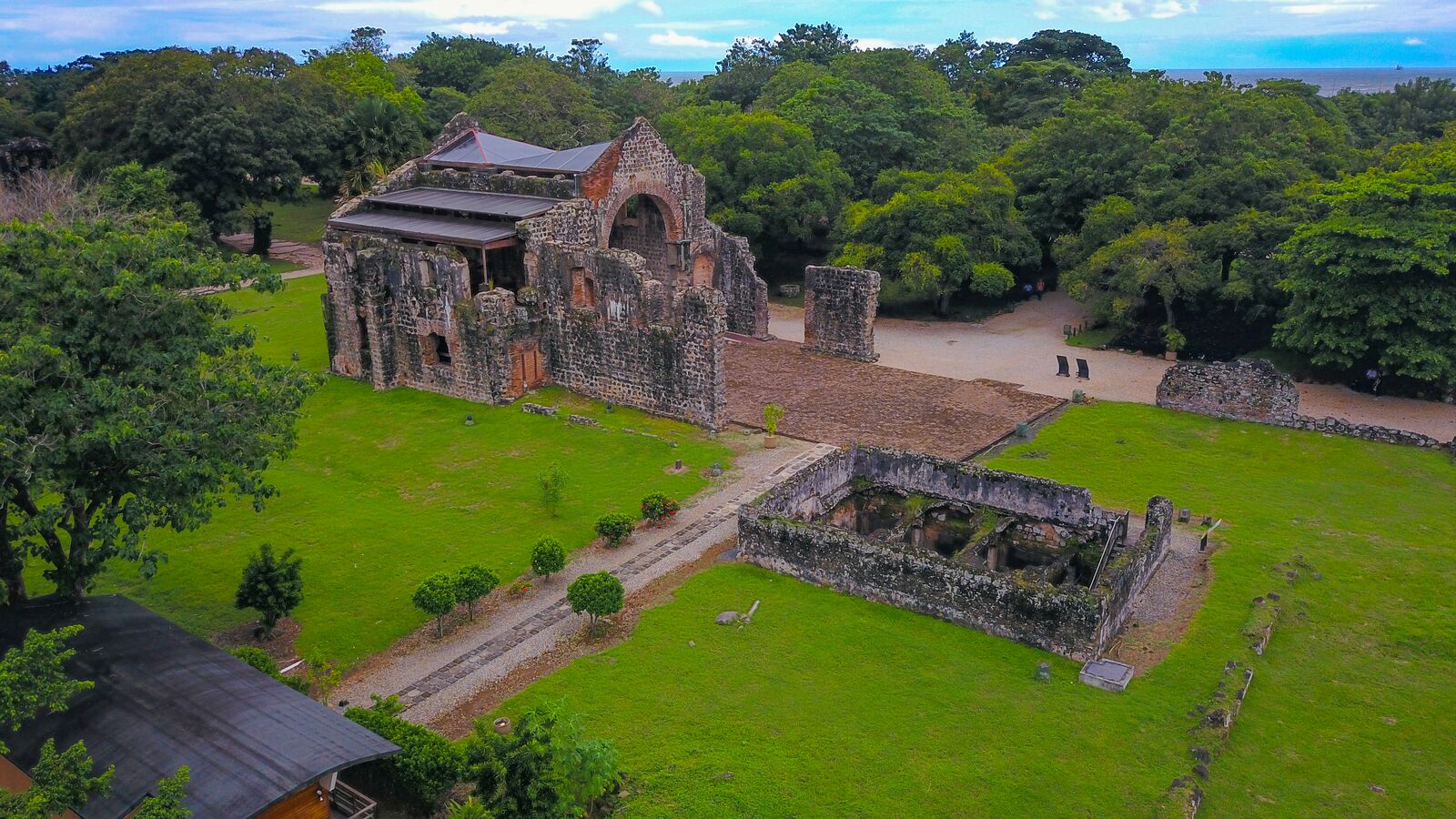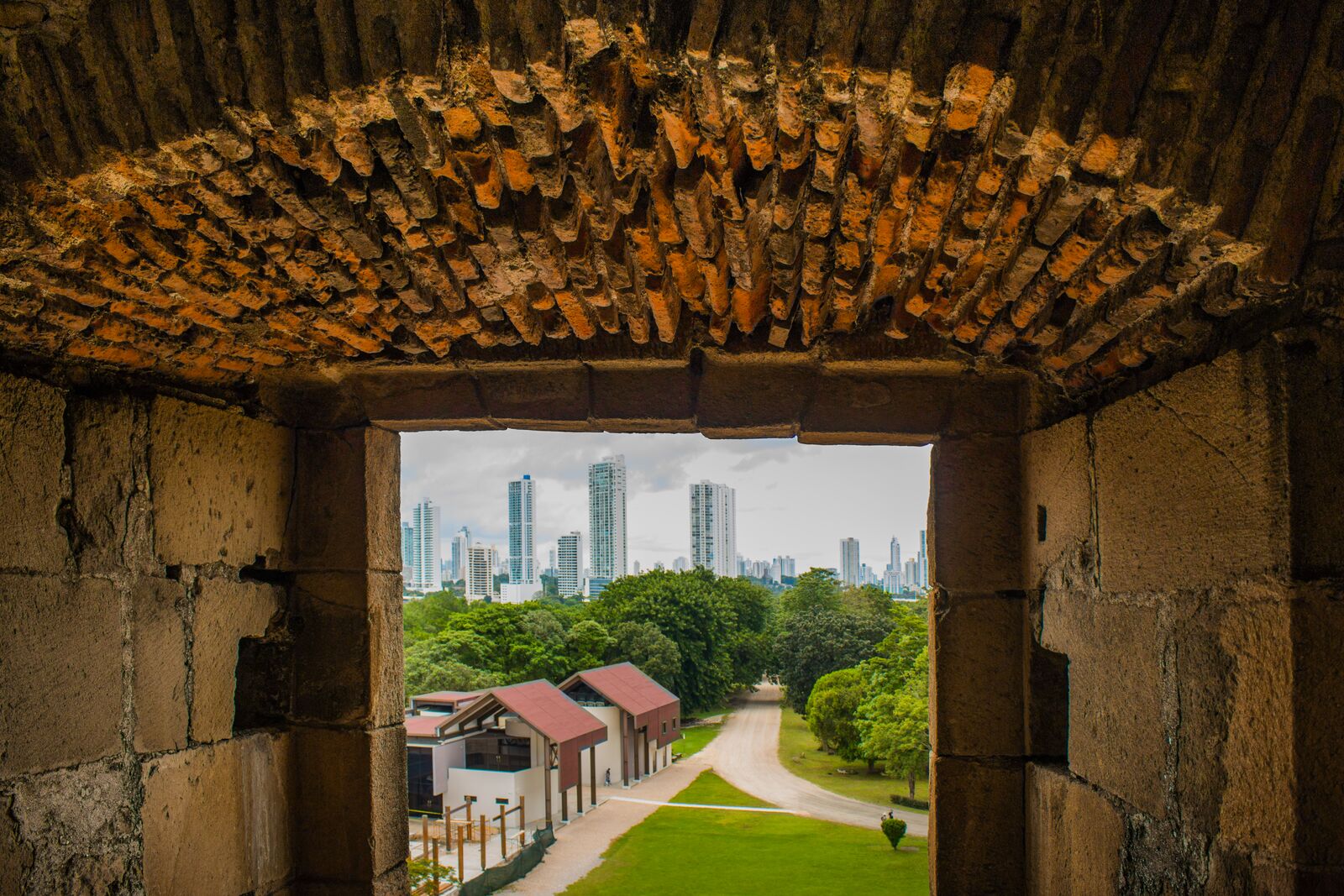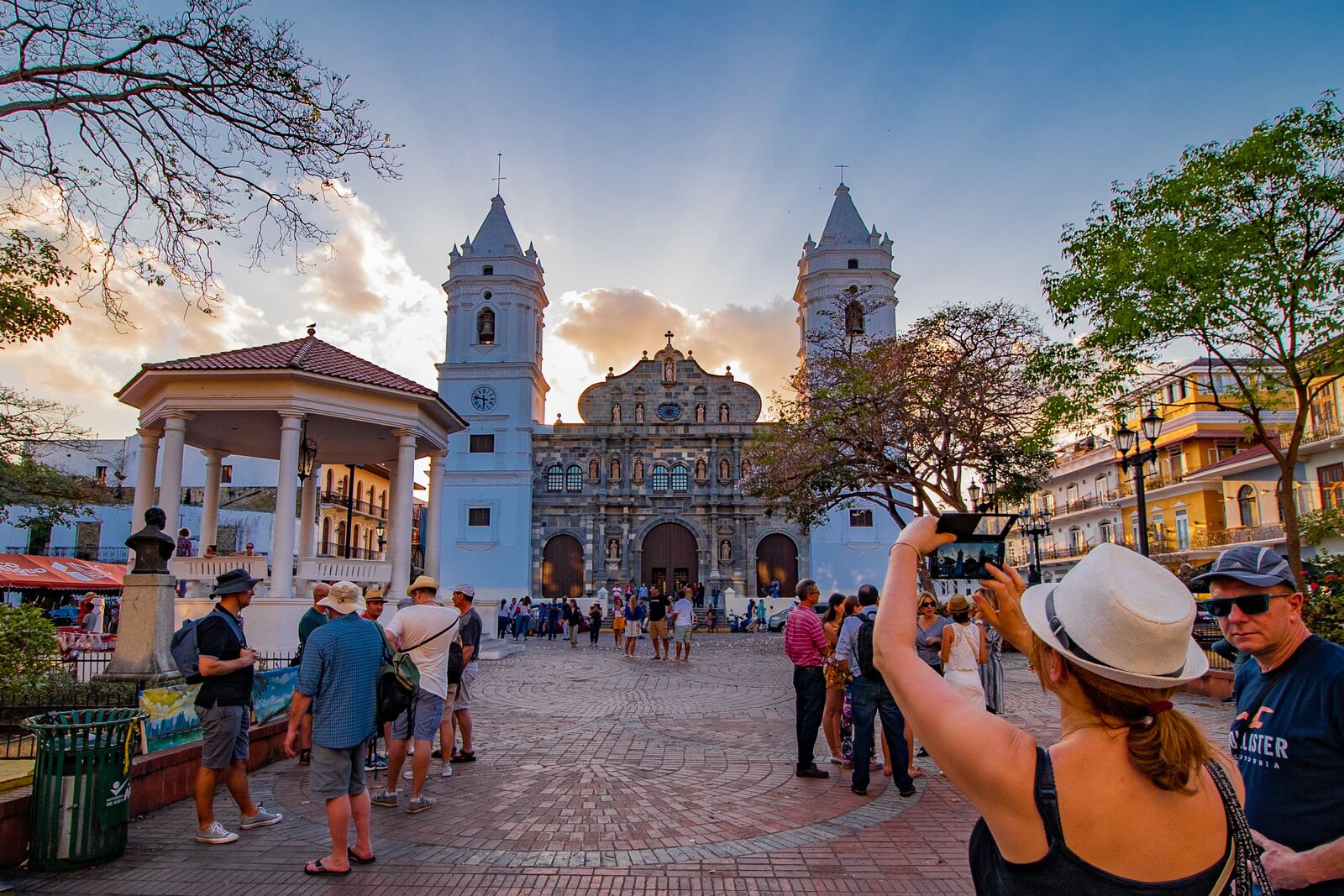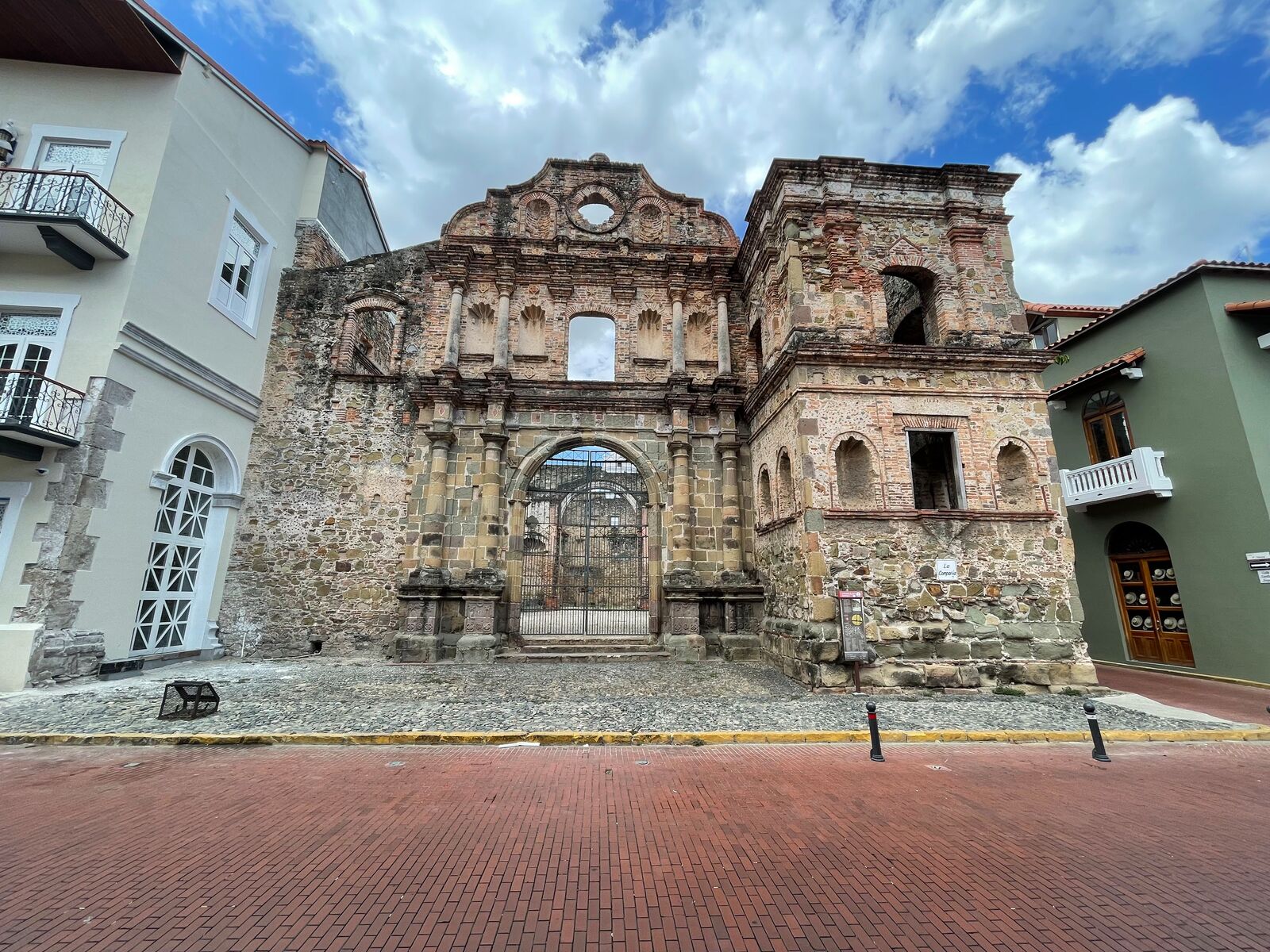Full Day Panama City Tour (Shore Excursion)
You will be picked up at the cruise port by your guide. Begin your exploration today at the ruins of Panama Viejo. Panama City is the oldest continuously occupied European settlement on the Pacific coast of the Americas. It was founded in 1519 as a consequence of the discovery by the Spanish of the “South Sea” in 1513. The archaeological remains of the original settlement (known today as the Archaeological Site of Panamá Viejo) include the Pre-Columbian vestiges of the Cuevan aboriginal occupation of the same name and currently encompass a UNESCO-protected heritage site covering 32 hectares. The settlement was a first-rank colonial outpost and seat of a Royal Court of Justice during the 16th and 17th centuries when Panama consolidated its position as an intercontinental hub. Its growth in importance, as it profited from the imperial bullion lifeline, is reflected by the imposing stone architecture of its public and religious buildings. During its 152 years of existence, the town was affected by slave rebellion, fire, and an earthquake, but was destroyed in the wake of a devastating attack in 1671 by pirate Henry Morgan.
Continue to Casco Viejo. In 1673, after the devastating pirate attack, Panama City was moved some 7.5 km west of its original location, to a small peninsula at the foot of Ancon Hill, closer to the islands that were used as the port and near the mouth of a river that eventually became the entrance of the Panama Canal. The relocated town, known today as Casco Antiguo or the Historic District of Panama, not only had better access to fresh water but could be fortified. The military engineers, moreover, took advantage of the morphological conditions that complemented the wall surrounding the peninsula, all of which prevented direct naval approaches by an enemy. Several buildings within the District are identified as important for the country’s 17th-20th century heritage.
Most outstanding are the churches, above all the metropolitan cathedral with its five aisles and timber roof; San Felipe Neri, San José, San Francisco, and especially La Merced with its well-preserved colonial timber roof. The Presidential Palace, originally built in the late 17th century and partially reconstructed in the 18th, 19th, and early 20th centuries, is a revealing example of the transformations that characterize the Historic District as a whole. The House of the Municipality, the National Theatre, the Ministry of Government and Justice, and the Municipal Palace are outstanding buildings of a more recent period. Casco Viejo is another UNESCO World Heritage Site.
Lunch is included at a local restaurant in Casco Viejo.
Then drive with your guide through the former Panama Canal Zone managed by the United States from 1903 to 1999. Old military bases have been turned into residential neighbourhoods, universities, and one of the region's most important commerce hubs, combining airports, container ports, and cargo railways that support the Panama Canal operation.
Visit the Biodiversity Museum, designed by the world-renowned architect Frank Gehry. As a Smithsonian Affiliate museum, the Biodiversity Museum serves as a gateway to new information about the biodiversity and natural history of the Isthmus of Panama. Scientific experts from both the Smithsonian Institute and the University of Panama oversee the museum's contents and aim to teach visitors about eco-awareness, conservation, and Panama’s extraordinary natural treasures in various unique exhibition galleries. Did you know that the Isthmus of Panama has more bird, mammal, reptile, and plant species than the US and Canada together in just 75,990 Km2 (approx. 29,000 square miles)? 3 million years ago, the emergence of the Isthmus of Panama changed both the climate and the biodiversity on the planet and played a key role in the creation of the world we know today. You will be dropped off at your cruise ship after the tour in the mid-afternoon.

